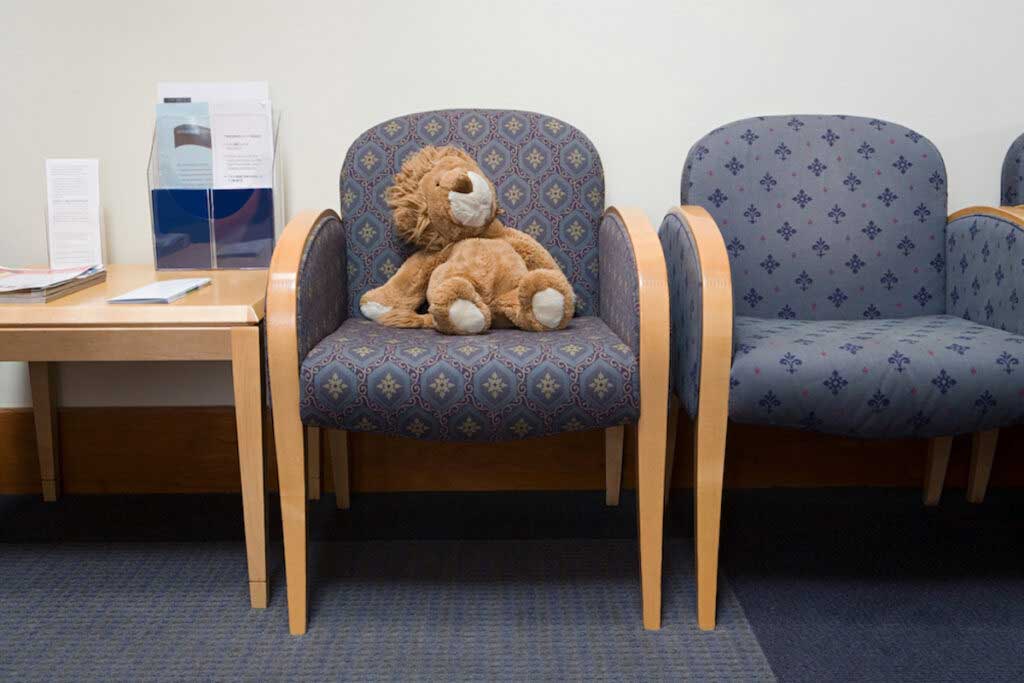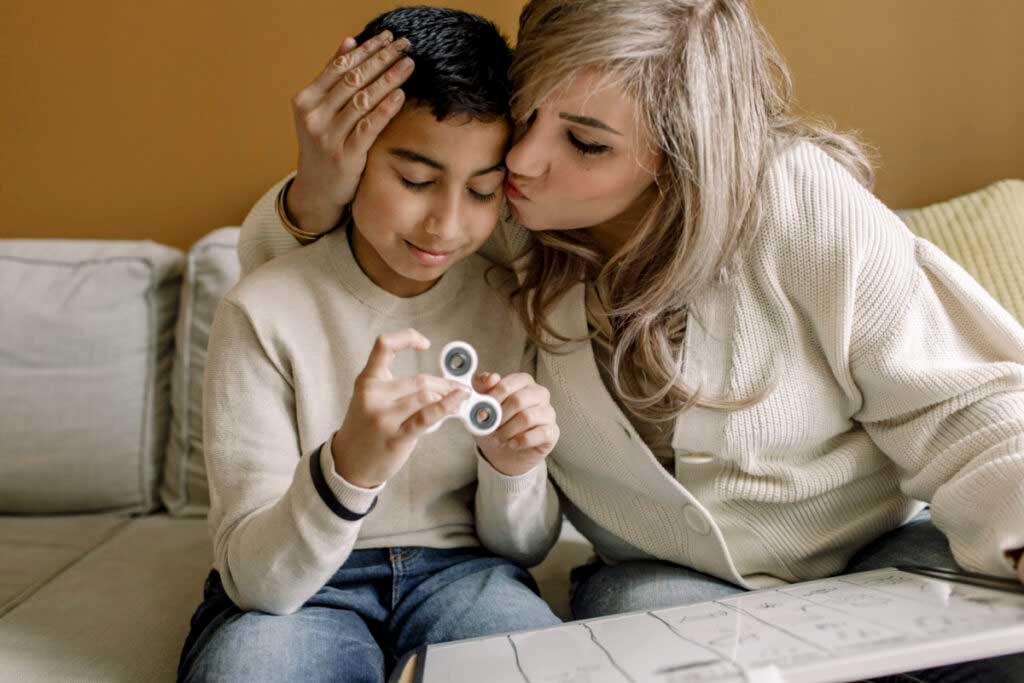First, what am I even talking about?!
For the uninitiated, “redshirting” kids in the kindergarten context (as opposed to the better known college athlete context) means delaying kindergarten entry for a year. A just-five-year-old can be quite different from an almost-six-year-old. There are concerns, especially given the increased focus on more academic kindergarten, that younger kids will be at a disadvantage.
These considerations are mostly relevant for kids with summer birthdays, and more so for boys than for girls.. But enough summer birthday children have been held back in recent years that kindergarten entry ages have risen noticeably over time. In 1968, nearly all children aged 6 were in first grade. By 2005, this was only about 80% (with the rest in kindergarten.)
These questions have taken on a different tone this year, as many families held their kindergarteners out of school rather than sending them to Zoom school. Next year’s kindergarten class will be older, and there will be more of them — more redshirting, even if involuntary.
The overall trend does not make it clear whether you should do this, even if you do have (say) a boy with an August birthday. Making the right decision for you requires a structured approach. The Four Fs are a key component of Family Firm. How do they work here?
First: Frame the Question. It’s more complicated than you think. The question may seem like “Should my kid enter school at 5 or 6?”, but this is incomplete. If you do not send your child to kindergarten at 5 they need to do something else. What is that something else? Establishing the outside option is important because it lets you trade off two concrete things; sometimes, it can even make the decision for you, if you realize there really isn’t a good alternative.
Second: Fact Find. Details are necessary. Some are practical. For example: is this even an option in your districts or school? But there are also key data questions. Is there any reason to expect your child to “do better” if they wait to enter school?
This isn’t an easy question to answer. For one thing, when we look at outcomes for children, research nearly always focuses on “doing better” as measured by test scores. There’s a lot beyond test scores, though, and these outcomes will be largely unreachable with data. But even on the test scores, it’s not easy to answer the question of whether redshirting matters.
Consider a simple approach of comparing test scores for children who enter school at five years old to those who enter at six. This has a basic problem. Parents are choosing—at least in some cases—the time of entry based on other things they know about their child. Children who are academically stronger may be entered younger; those with more resources may be held back more (due to this redshirting, for example). The actual age of school entry isn’t random and it’s hard to learn from this simple comparison.
This problem has a solution. Rather than use the age kids actually enter school, you can use the age they should have entered. If a district has a September 1 cutoff, a child born August 1 is supposed to enter school at a younger age than one born April 1st. It’s true, of course, that some of the August birthday children are held back, but as long as the average age of entry for August birthdays is younger than the average age for April birthdays, this will be informative.
Using this approach, researchers see that on average, kids who enter school at younger ages have slightly worse test scores than their peers in the same grade. They are also more likely to repeat an early grade (kindergarten, first, or second).
Children with early school entry are also more likely to be diagnosed with learning disabilities. In a 2009 paper, researchers showed that being a year younger at school entry increased the chance of being diagnosed with ADHD from 4.1 percent to 7 percent. This is not saying that kids who enter school earlier are predisposed to ADHD but, instead, that the fact that they entered younger increased their chance of diagnosis.
One possible interpretation of this is that younger kids are less able to sit still and adults naturally compare kids to the other students in their class. If a child is the youngest kid in the class, their age-appropriate inability to sit still as compared to their older peers may be interpreted as hyperactivity. This mechanism is consistent with the fact that when a child’s class cohort is (randomly) older, the effects are larger.
It is important to say that there should be no shame or stigma in learning disabilities. Early recognition can lead to better, faster, more effective treatment. Kids who might otherwise have struggled are enormously helped by therapy and medication. That’s all great! But over-diagnosis driven by school entry age may be a cause for concern.
Final Decision: The data piece of this is informative but, ultimately, incomplete. There are questions you’ll need to grapple with that are specific to your child. One way to read the evidence above is that the primary concern about entering school on the younger side is related to a child being less able to focus for long periods. This will be more of an issue for some children than others, and more of an issue in some school settings than others. A with many things in this era of life, the data is a piece of the puzzle, but only one piece.
Because this decision is complicated, it’s easy to avoid making it. The key to the “Final Decision” step here is to plan a time to make this decision, rather than allowing the decision making to take up all of your time.
Follow Up: The final F is follow-up. When we make decisions like this, we sometimes think they immutable. But they’re not! You can hold a kid back for a year later, or possibly push them forward a year. Planning a follow-up discussion (i.e. after a year of school has happened!) is also important, allowing you to make space to think about it again.
The rest of the data on redshirting
What’s in the rest of the book? There’s a longer discussion of the decision-making system above, along with some thoughts on how to craft the big picture structure of your family life. And then there is data on sleep, nutrition, parental work, parenting styles, how kids learn to read, extracurriculars, screens, socioemotional development. And, yes, if your child should have a phone and when.

















